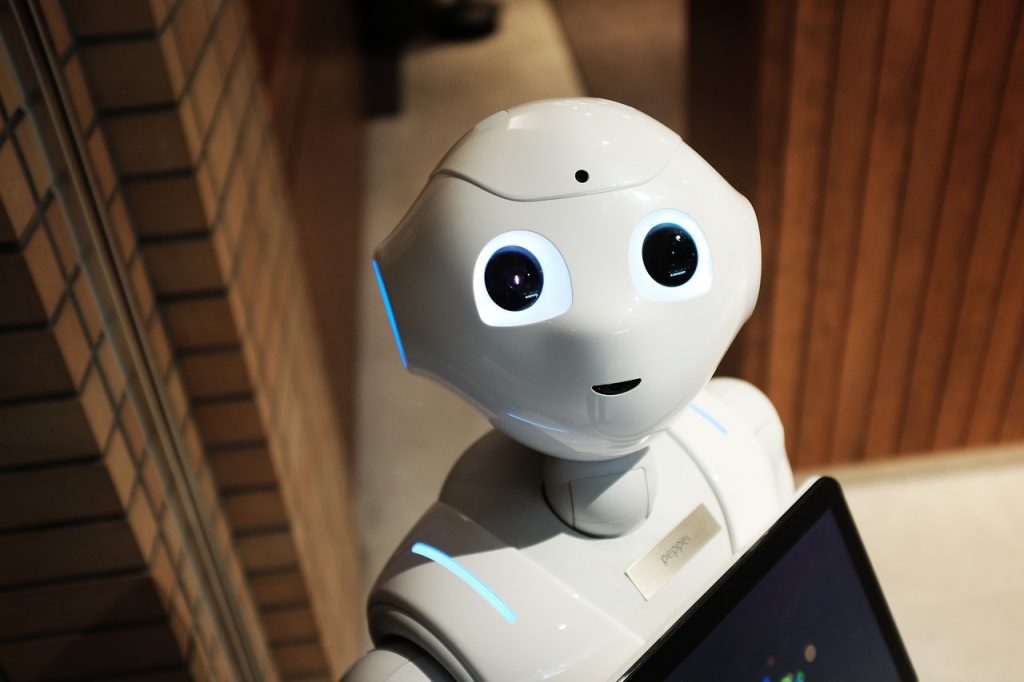The Brief History of Robots
Robots are often used as an example of technological advancement, but at the same time, they are also used as an element of fear in science fiction movies. This isn’t always the case as we have many good robots in movies like Star Wars, but it’s an undeniable trend that artificial intelligence and stories in which it goes wrong, include a robot apocalypse. It would be foolish to just regard this as fiction, given how we are still not fully aware of AI’s capabilities, but it’s safe to assume that the movies are big over-exaggeration. Robots are programmable machines, and programmers have a great deal of control over them, so the current robots are not a threat. Still, it would be fun to go over the history of robots and see how it all started.
Automaton
 It’s hard to say when the history of robots begins without defining what we can regard as a robot. For these purposes, we will take the automaton as the first prototype for the future of robotics. An automaton is a machine or mechanism that can only fulfill predetermined actions, and a robot is a machine that is programmable and can therefore carry out multiple different tasks.
It’s hard to say when the history of robots begins without defining what we can regard as a robot. For these purposes, we will take the automaton as the first prototype for the future of robotics. An automaton is a machine or mechanism that can only fulfill predetermined actions, and a robot is a machine that is programmable and can therefore carry out multiple different tasks.
The first automaton dates way back to 1560, and it is known as a Clockwork Prayer. It’s basically a figurine of a monk that prays.
Unimate
If we are talking about industrial robots then the first example is definitely Unimate. It was a machine that was designed to lift hot metal and move it from point A to point B. It may not sound like much but this was the first time when a machine stepped in to do a very dangerous job instead of a human being. In other words, Unimate was saving lives even with its simple programming. This robot was created in 1954, and others soon followed.
Shakey

Carlo Nardone from Roma, Italy, CC BY-SA 2.0 <https://creativecommons.org/licenses/by-sa/2.0>, via Wikimedia Commons
In 1966 there was another massive breakthrough in the field of robotics. This time around the robot was way more advanced than Unimate. Shakey was unique in the sense that it wasn’t simply a machine that was programmed to do a single task. It could use sensory inputs and adjust its performance based on those inputs. Not only that but Shakey could also learn new things after failing to successfully complete the assigned task. It took him several days but he figured out that in order to put a box in a specific place he needs to move the ramp. This is an invention that really shook the world and opened up the floodgates of possibilities.
These were some of the earliest examples that gave birth to the modern robots we have today.
You may be interested

The Best Cryptocurrency Apps You Should Choose From
admin - 13 June 2022With the dawn of the internet came a couple of innovations that we couldn't stay away from. Online stores are the first that come to mind. Shopping…

Are Landline Phones Actually Making a Comeback?
admin - 19 May 2022Technology drives us forward, but not everyone is pleased to hear about it, or participate in all the craziness that our technology-driven world entails. Looking forward, not…

Is the new Samsung foldable phone worth buying?
admin - 30 April 2022Most of us keep up with technology to a certain degree, especially when it comes to new phones. If you think about it, we probably spend most…
















